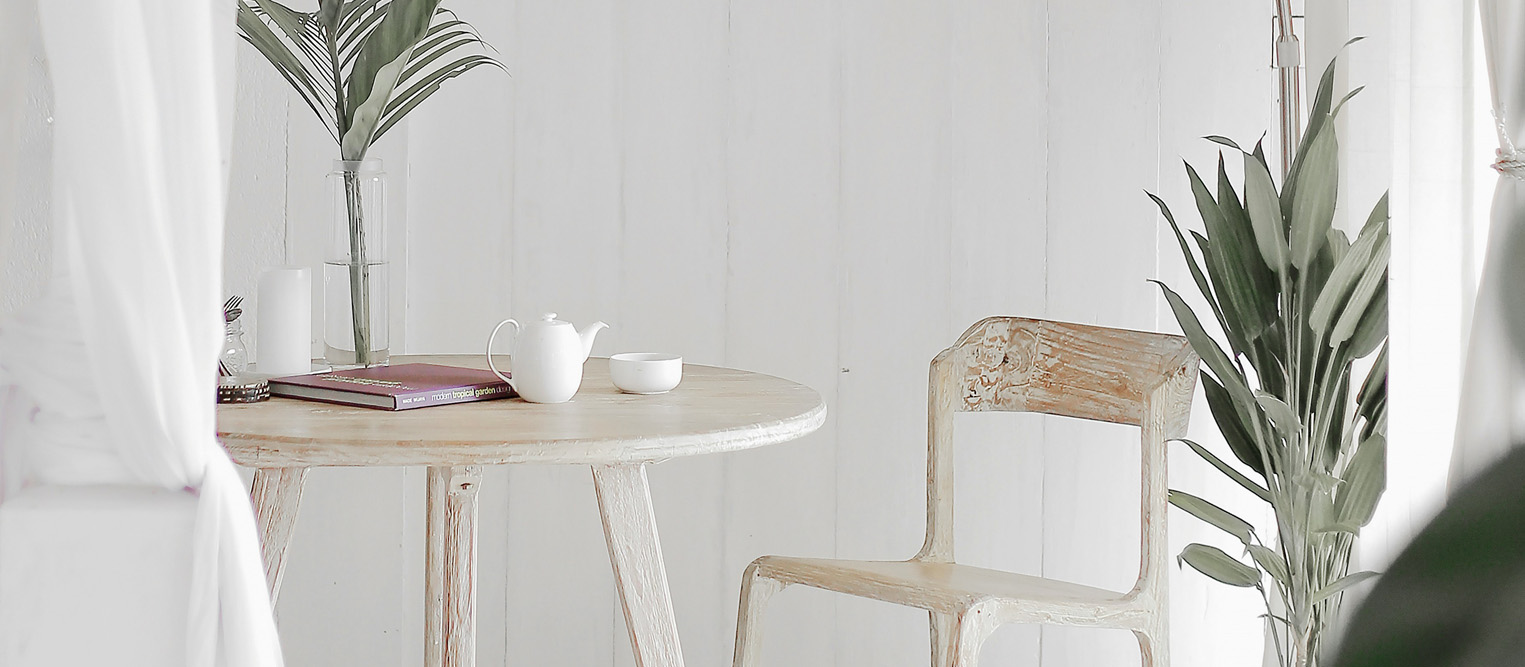We’ll be the first to admit that a lot of jargon is used in the property industry. Throw in specific language around wellness and environmentally sustainable goals and it can all start to get a bit much. So, when we refer to “wellness housing”, what do we mean?
For Urban Villager, wellness housing refers to homes that we design and build to support the holistic health of their residents. That means paying close attention to:
- Natural light
- Airflow
- Local environment
- Sustainable and non-toxic materials
Wellness houses are ones that you walk into and feel good about. It is all these little thoughts and considerations that are pulled together to achieve that *magic* feeling.
Natural light
It might seem obvious but natural light is important to everyone’s wellbeing. Decades of studies have shown that natural light has a powerful, and positive, effect on mental and physical health and general well-being.
One study by the American Academy of Sleep Medicine, had female workers divided between two offices, one with windows and one without. Based on an analysis of the participants’ stress hormones, melatonin levels and answers to a questionnaire, working in an office without natural light was associated with poor sleep, low mood, and depression.
Extrapolating this to a home to live in, poor sleep, mood and depression are qualities you don’t want to be associated with your home – and are easy to avoid if considered during the project’s design phase. The position, number, and size of windows, skylights and other light sources throughout the home are considered at length to ensure the best outcome for the eventual occupant.
Airflow
When positioning the home on the site we think about how the form of the home can best use and maximise the existing environmental resources of light, air, views, and cross-ventilation to create comfort and optimise energy consumption.
Utilising cross-ventilation helps improve the thermal comfort of a home. It helps maintain the minimum air quality, reduces heat and other pollutants, gets rid of moisture, and allows natural airflow. To ensure great cross-ventilation we consider the orientation of the building on the land along with the size, position and type of doors and windows.
Local environment
There have been many studies about the positive effects of nature on your physical and mental well-being. One study by the University of Kent’s Durrell Institute of Conservation and Ecology (DICE) said that smells experienced in nature can make us feel relaxed, joyful, and healthy. In Finland, they have been exploring the health benefits of how forests can help battle anxiety, insomnia, and the experience of pain since 2015. Closer to home and the biodiversity of the Australian environment has been shown to correlate with respiratory and subjective well-being.
So, with all the research on how the natural environment can uplift the mood, mind, and body, why wouldn’t you consider that when building a home that you will spend a lot of time in?
When choosing a site for a home we want the location to be far enough away from sources of noise pollution – main roads, airports etc, that the home is peaceful while still being well-connected to communities and business districts. Ideally, the sites chosen will have minimal elevation allowing for easy walking throughout neighbourhoods as well as having close access to green spaces, parks, established trees etc. We consider the greenery and natural elements as they will affect natural light, airflow, shade, dampen noise and help regulate temperatures.
When possible, we incorporate biophilic design into our new builds – this is a way of bringing nature into the building. Think vegetation walls, water features, and designs mimicking natural forms. These elements can increase your feeling of connectedness to the natural environment and your general sense of well-being.
Sustainable and non-toxic materials
One of Urban Villager’s founding principles is to do better for the environment. So, of course, we are going to take into consideration the materials we use to construct a home. Not only do we look at how much better for the environment the material is as it was created, but we look at the lifetime of the material too. That includes where it was sourced, its carbon footprint and the journey it takes to get to the site, how long any toxicity may leech from the material, and how you can recycle or repurpose the material when it’s no longer needed.
We minimize pollution and waste as we go, and prioritise natural, durable, and functional materials whenever possible. We build homes that require minimal maintenance and aim to create a sense of warmth with surfaces that are textural and comforting. Homes that look like they belong in the natural landscape and where possible use locally sourced materials.
Wellness housing combines all these elements to ensure a home that feels and performs better. A home that is better for its residents. And by ensuring that the homes are bathed in natural light and have excellent airflow you can minimise energy consumption for lighting and heating/cooling, making the home more affordable to live in long term. A home that feels good and costs less to run? Brilliant!
